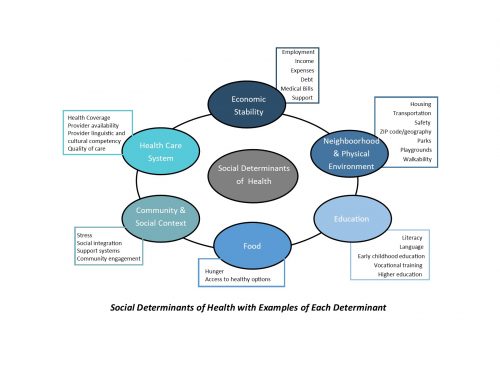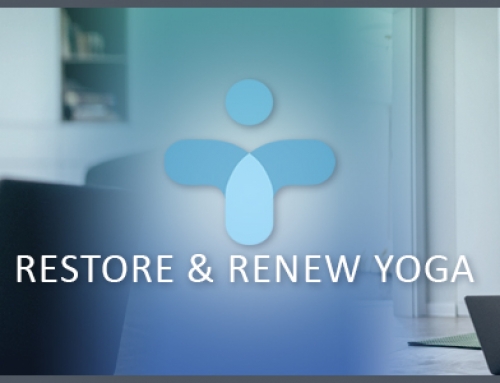The IAIABC Disability Management and Return to Work Committee (an all-volunteer committee) formulated a paper titled, “Return To Work: A Foundational Approach To Return To Function” Founded in 1914, the International Association of Industrial Accident Boards and Commissions is a not-for-profit association representing most of the government agencies charged with administration of workers’ compensation systems throughout the United States, Canada, other nations and territories, as well as other workers’ compensation professionals in the private sector.
We believe “tremendous strain is being placed on economies and healthcare systems around the globe by life-altering, preventable workplace injuries and long-term disability and result in lost human productivity and societal contribution. The large-scale impact is a growing concern that cannot be ignored. We also believe the degree of disability experienced in many industrialized communities across the globe, as a direct result of these injuries, is not a sustainable one. While the longer-range response to these stark statistics is the need to focus on improving health and safety outcomes, we chose to focus on the immediate need and benefit of adopting a societal approach to RTW and daily function; to bring emphasis to the need for a cultural transformation in our societal view and prompting a dialogue and paradigm shift that is capable of recognizing key roles and responsibilities that all parties possess in the restoration of an individual human life.”
In our paper we examined the injuries that cause a worker to have lost time at work. We believe that full reintegration of the injured person is not possible without all key stakeholders committing to the restoration of health and function of the injured person. We explored common misperceptions and realities that exist among these stakeholder groups when it comes to RTW efforts. The groups we examined were the worker, employers, caregivers, insurance companies, regulators and legislators, and attorneys representing the injured worker.
Whether perception or reality, the resolution of these issues and implementation of these practices are critical to adopting a societal approach to return to work and return to function. Full reintegration of the injured person is not possible without each of the participants committing to the restoration of health and function of the injured person. Link to the entire paper: http://www.iaiabc.org/return-to-work-paper . Contact IAIABC if you are interested in requesting a member of this committee present at a conference regarding the information detailed in this paper.
Several of the members of our committee also worked on a paper with the US Department of Labor and Office of Disability Employment Policy as part of their Stay-at-Work/Return-to-Work (SAW/RTW) Policy Collaborative. They have announced that the paper has helped lead to a new grant project for retaining employees following an injury or illness, called RETAIN. I encourage you all to learn more about RETAIN. RETAIN overview: https://www.dol.gov/odep/topics/SAW-RTW/how-to-apply.htm . There is also an initiative to provide states with optional tool kits to help further programs to maximize function, create job opportunities and foster SAW/RTW in workers’ comp and beyond to address the national issue of extreme numbers of individuals who are not engaged in employment. https://www.csg.org/NTPWD/WorkMatters.aspx .



